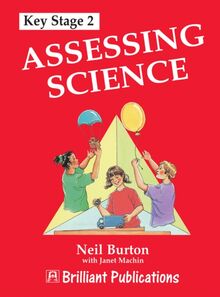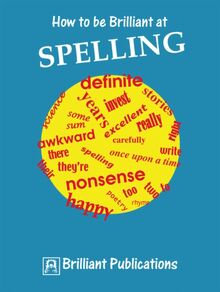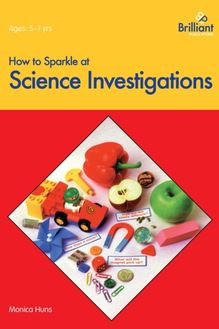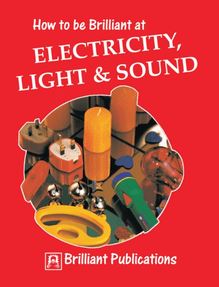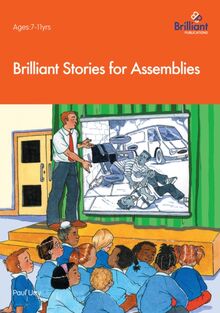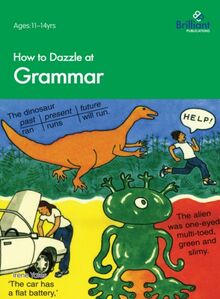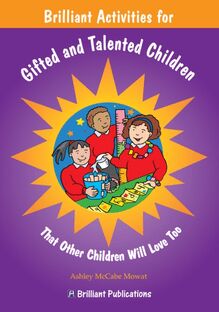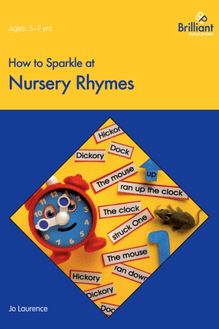-
 Univers
Univers
-
 Ebooks
Ebooks
-
 Livres audio
Livres audio
-
 Presse
Presse
-
 Podcasts
Podcasts
-
 BD
BD
-
 Documents
Documents
-
- Cours
- Révisions
- Ressources pédagogiques
- Sciences de l’éducation
- Manuels scolaires
- Langues
- Travaux de classe
- Annales de BEP
- Etudes supérieures
- Maternelle et primaire
- Fiches de lecture
- Orientation scolaire
- Méthodologie
- Corrigés de devoir
- Annales d’examens et concours
- Annales du bac
- Annales du brevet
- Rapports de stage
La lecture à portée de main
Vous pourrez modifier la taille du texte de cet ouvrage
Découvre YouScribe en t'inscrivant gratuitement
Je m'inscrisDécouvre YouScribe en t'inscrivant gratuitement
Je m'inscrisEn savoir plus
Vous pourrez modifier la taille du texte de cet ouvrage
En savoir plus

Description
Informations
| Publié par | Andrews UK |
| Date de parution | 27 septembre 2011 |
| Nombre de lectures | 0 |
| EAN13 | 9780857474162 |
| Langue | English |
Informations légales : prix de location à la page 0,0574€. Cette information est donnée uniquement à titre indicatif conformément à la législation en vigueur.
Extrait
Title Page
HOW TO DAZZLE AT GRAMMAR
Irene Yates
Publisher Information
Originally published by
Brilliant Publications
Unit 10, Sparrow Hall Farm, Edlesborough, Dunstable, Bedfordshire, LU6 2ES, UK
email: info@brilliantpublications.co.uk
Website: www.brilliantpublications.co.uk
General information enquiries:
Tel: 01525 222292
Digital version converted and published in 2011 by
Andrews UK Limited
www.andrewsuk.com
The name Brilliant Publications and the logo are registered trademarks.
Written by Irene Yates
Illustrated by Felicity House
© Irene Yates 1998
First published 1998.
Reprinted 1999, 2008 and 2010.
The right of Irene Yates to be identified as author of this work has been asserted by her in accordance with the Copyright, Designs and Patents Act 1988.
Certain indicated sections may be printed/photocopied by individual teachers for class use, without permission from the publisher and without declaration to the Publishers Licensing Society. The material may not be reproduced in any other form or for any other purpose without the prior permission of the publisher.
Introduction
How to Dazzle at Grammar contains 42 printable/photocopiable sheets for use with pupils aged 8-13 who are working at Levels 1-3 of the National Curriculum (Scottish levels A-B). The activities are presented in an age-appropriate manner and provide a flexible but structured resource for teaching pupils to understand and use parts of speech and punctuation.
Because the concepts of syntax and punctuation are quite abstract, they are often difficult for pupils with special needs to assimilate. The concepts require reinforcement many times before they are understood. It is only when those concepts are understood that they become part of the pupils’ own communication abilities. It is now widely believed that many children, particularly boys, who find English difficult to understand, actually have greater success with deconstructing and fragmenting language and learning how it ‘works’ in an analytical way with constant reinforcement than they do using it in a functional mode, through talking and writing.
Learning about grammar in this way gives the pupils the tools to be able to talk about and understand language development. Hopefully they then go on to make the knowledge they have acquired functional in their own communications but, of course, there is always the memory factor to take into account.
Part of the disaffection of pupils with special needs is the misery of failing time after time. The sheets are designed, with information and questioning, to help those pupils to experience success and achievement. The expectation that the pupil will achieve will help to build confidence and competence.
The tasks in the book are kept fairly short to facilitate concentration. The text on the pages is kept to a minimum, and the content of the pages is applied to contexts that the pupils will find motivating. In many cases there is an element of puzzle or competition to the activities to provide greater motivation. The extra task at the end of each activity provides reinforcement and enables pupils to use their skills in another way.
How to Use the Book
The activity pages are designed to supplement any English language activities you pursue in the classroom. They are intended to add to your pupils’ knowledge of how the English language works.
They can be used with individual pupils, pairs or very small groups, as the need arises. The text on the pages has been kept as short as possible, so that reluctant or poorer readers will not feel swamped by ‘words on the page’. For the same reason we have used white space and boxes, to help the pupils to understand the sheets easily, and to give them a measure of independence in working through them. In many instances, a pair of scissors and encouragement to ‘cut and paste’ will further help the pupils to work through the sheets.
It is not the author’s intention that a teacher should expect all the pupils to complete all the sheets, rather that the sheets be used with a flexible approach, so that the book will provide a bank of resources that will meet needs as they arise.
Many of the sheets can be modified and extended in very simple ways. The Add-ons can provide a good vehicle for discussion of what has been learned and how it can be applied.
What is a Proper Sentence?
© Irene Yates
This page may be printed/photocopied for use by the purchasing institution only.
A proper sentence is a group of words that makes sense. A sentence can tell you something:
The clock ticks.
Boys like bikes.
Dinosaurs are extinct.
Dogs sleep.
Or it can ask a question:
Who won the match?
How much is the comic?
A proper sentence always begins with a capital letter and ends with a full stop, a question mark or an exclamation mark.
Write six proper sentences. Make three tell something and three ask a question.
1
2
3
4
5
6
Add-on
Write three proper sentences to answer your question ones.
Add Some Words
© Irene Yates
This page may be printed/photocopied for use by the purchasing institution only.
A group of words that doesn’t make sense unless you add other words to it is not a sentence. It does not have to have a capital letter or a full stop.
Look at each group of words. Make them into proper sentences by adding more words. Write your sentence in the box.
number of ships
sentence
players on the field
sentence
when they are
sentence
not going
sentence
litter of puppies
sentence
go into the
sentence
off on a
sentence
is a band
sentence
Add-on
Turn three of your sentences into questions.
Simple Sentences
© Irene Yates
This page may be printed/photocopied for use by the purchasing institution only.
Simple sentences have:
A subject
-
who or what is doing something
A verb
-
what the ‘doing’ is
An object
-
what or who the ‘doing’ is happening to
The boy
kicked
the football.
subject
verb
object
Pop stars
sing
songs.
subject
verb
object
Write four simple sentences of your own. Give each sentence a subject, a verb and an object.
Helpline
Remember to start each sentence with a capital letter and to end it with a full stop.
1
2
3
4
Add-on
Use a highlighter pen to highlight the subjects, verbs and objects in different colours.
Splitting the Sentence
© Irene Yates
This page may be printed/photocopied for use by the purchasing institution only.
All sentences can be split into two parts. One part is the subject (the person, thing or place that the verb is about). The other part is the predicate (the rest of the sentence, containing the verb).
Subject
Predicate
-
 Univers
Univers
-
 Ebooks
Ebooks
-
 Livres audio
Livres audio
-
 Presse
Presse
-
 Podcasts
Podcasts
-
 BD
BD
-
 Documents
Documents
-
Jeunesse
-
Littérature
-
Ressources professionnelles
-
Santé et bien-être
-
Savoirs
-
Education
-
Loisirs et hobbies
-
Art, musique et cinéma
-
Actualité et débat de société
-
Jeunesse
-
Littérature
-
Ressources professionnelles
-
Santé et bien-être
-
Savoirs
-
Education
-
Loisirs et hobbies
-
Art, musique et cinéma
-
Actualité et débat de société
-
Actualités
-
Lifestyle
-
Presse jeunesse
-
Presse professionnelle
-
Pratique
-
Presse sportive
-
Presse internationale
-
Culture & Médias
-
Action et Aventures
-
Science-fiction et Fantasy
-
Société
-
Jeunesse
-
Littérature
-
Ressources professionnelles
-
Santé et bien-être
-
Savoirs
-
Education
-
Loisirs et hobbies
-
Art, musique et cinéma
-
Actualité et débat de société
- Cours
- Révisions
- Ressources pédagogiques
- Sciences de l’éducation
- Manuels scolaires
- Langues
- Travaux de classe
- Annales de BEP
- Etudes supérieures
- Maternelle et primaire
- Fiches de lecture
- Orientation scolaire
- Méthodologie
- Corrigés de devoir
- Annales d’examens et concours
- Annales du bac
- Annales du brevet
- Rapports de stage
